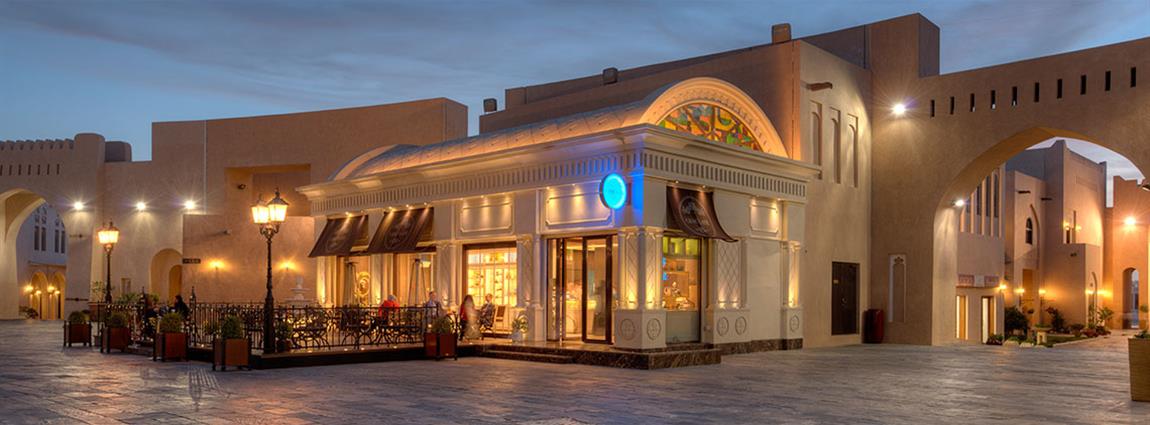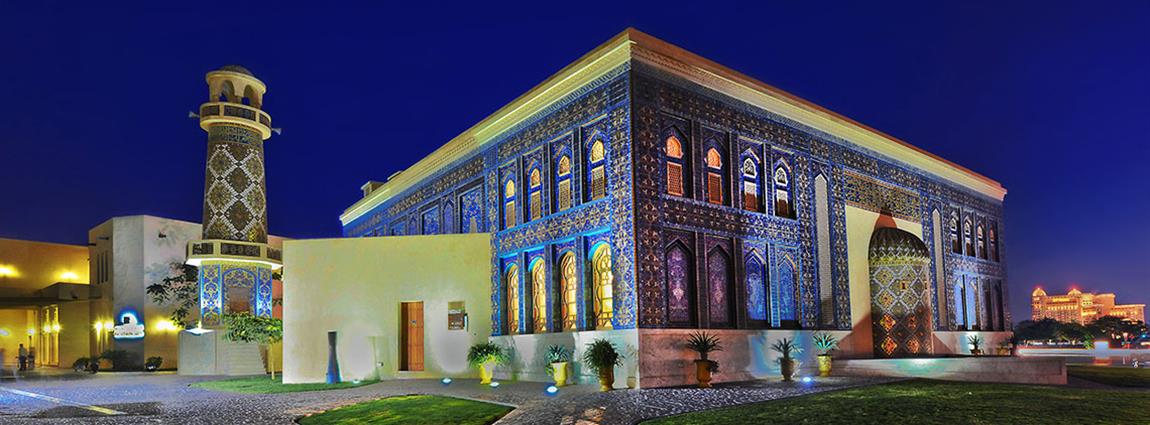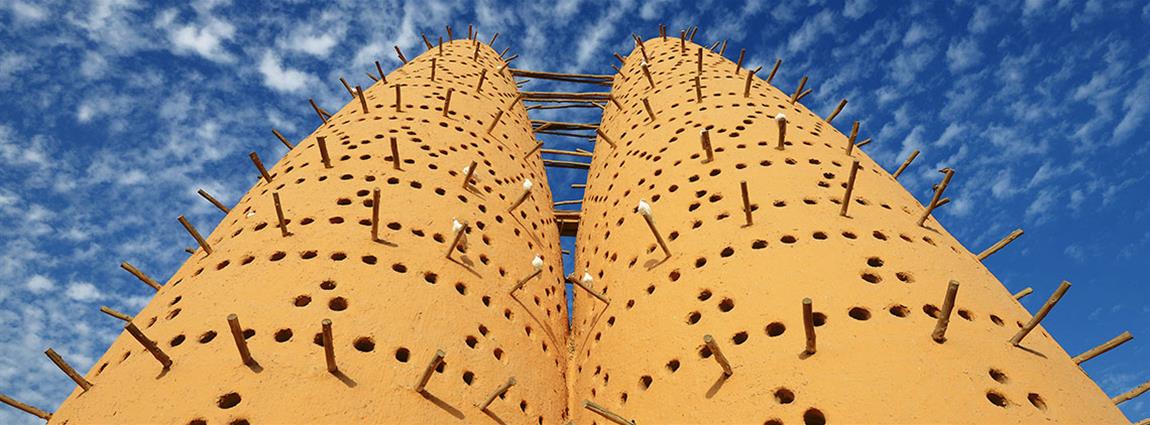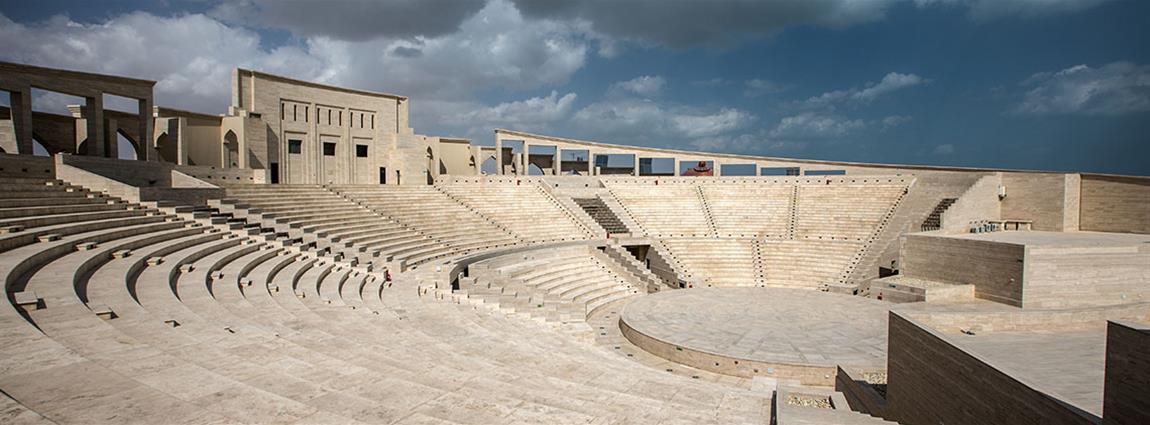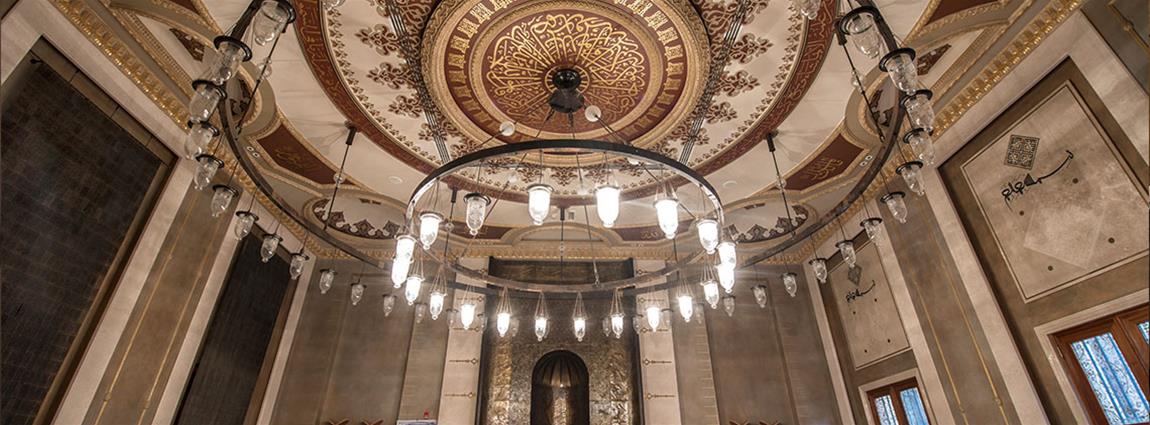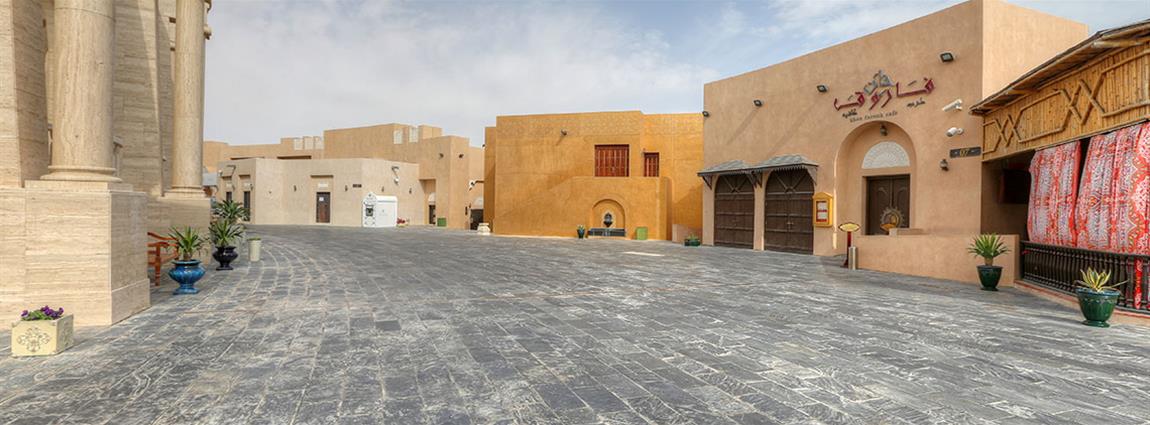Katara
This article is related to Katara cultural Village – The Cultural Village Foundation is an exceptional project of hope for human interaction through art and cultural exchange – a project made possible thanks to the inspired vision, solid faith and wise leadership of HH Sheikh Hamad Bin Khalifa Al Thani, the Father Emir of the State of Qatar.
Keeping pace with the emerging global culture that emphasises the importance of diversity in human development, Katara Cultural Village is the largest and the most multidimensional cultural project of Qatar. It is a place where people come together to experience the cultures of the world. With beautiful theatres, concert halls, exhibition galleries and cutting-edge facilities, Katara aims to become a world leader for multi-cultural activities.
In line with the goals set forward by the Qatar National Vision 2030, Katara serves as a guardian to the heritage and traditions of Qatar and endeavours to spread awareness about the importance of every culture and civilization and as such, Katara hosts international, regional and local festivals, workshops, performances and exhibitions.
The Idea of Katara Cultural Village
Katara was born out of a long held vision to position the State of Qatar as a cultural beacon a lighthouse of art, radiating in the Middle East through theatre, literature, music, visual art, conventions and exhibitions.
This village shall be a glimpse of the future of a world where people of different cultural backgrounds overcome their national boundaries and embrace common causes to promote a united humanity.
Katara is where the grace of the past meets the splendour of the future.
The meaning of the name Katara
Since the year 150 AD, “Catara” was the first and most ancient name designated for Qatar Peninsula in geographic and historical maps. On the map drawn by the geographer Claudius Ptolemaeus in 150 AD, published in 882 AD -1477 AD and later in the Historical Atlas of Islam, the peoples of the Arabian Peninsula in the middle of the second century AD were identified. It also stipulated the geographical location of Qatar Peninsula under the name of Catara, North West of Gerra or near it, and to the west of the town of Cadara.
The name “Katara” appeared in the geographical and historical maps in early eighteenth century AD. In a French map of the Arabian Peninsula coast line, sea and gulf, the name was written “Katara” instead of “Catara,” which was the designation used by geographers from the map of Ptolemaeus in 150 AD until 1738 AD.
Tracking the etymology of Qatar throughout history is both useful and interesting given Qatar’s cultural and educational wealth. This cultural richness plays a very important role in promoting and building the Qatari society. The attachment to our ancient roots together with premeditated modernisation and technological advancement form the solid foundation of Qatari personality and values.
It was decided to revive Qatar’s olden name to uphold our connection to ancient heritage and to honour Qatar’s distinguished position since the dawn of history.

